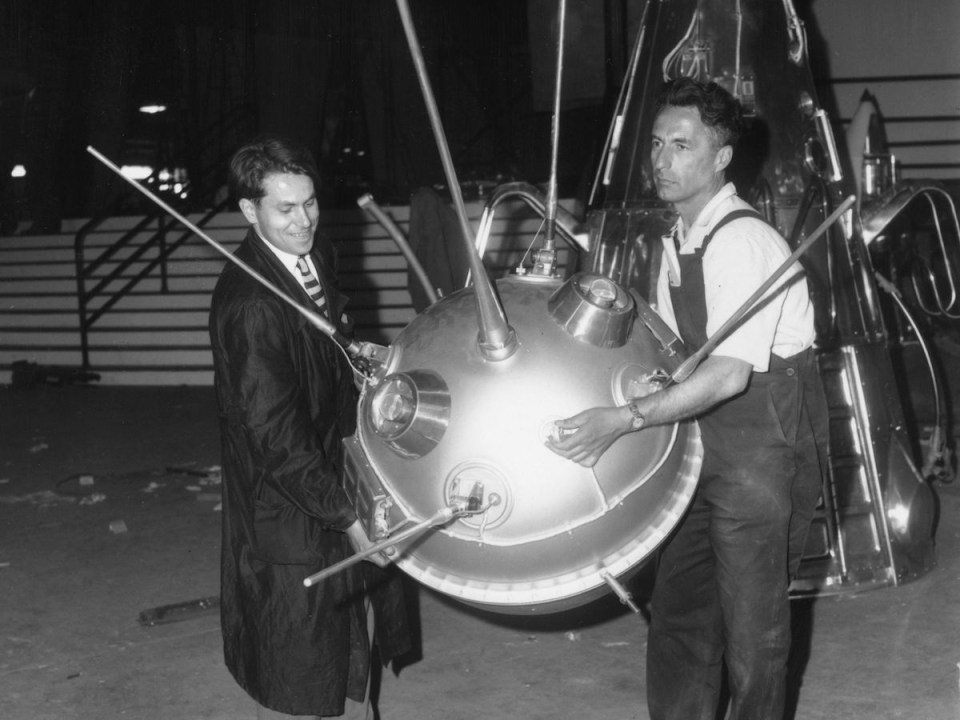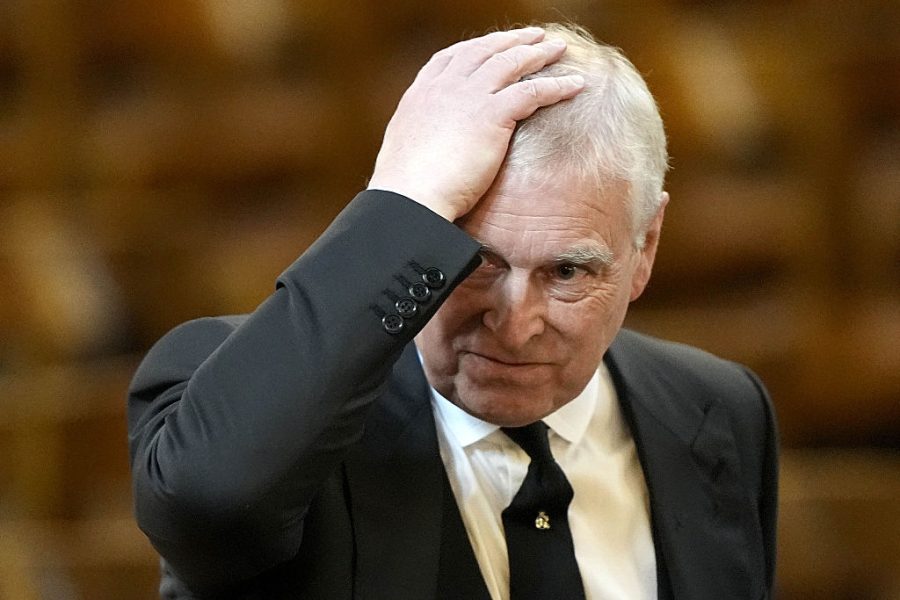My late mother proudly possessed a curious object: a tea cosy decorated with the image of a Sputnik. In 1957, when Russia launched the world’s first satellite, this item would have been a charmingly incongruous mix of old and new technology. But today, younger readers might struggle to identify the functions of both a tea cosy and the shiny, spiked silver ball that was Sputnik 1.
Back in the day, the world was shocked by the news that the Soviets had beat the West in the race to space. The New York Times mentioned the satellite in 279 articles in October 1957, the month of its launch. So profound was the surprise generated by the launch of Sputnik 1 that the same name ‘Sputnik’ has been applied to the emergence of China’s AI chatbot DeepSeek.
In the last week, a trillion dollars has been knocked off the share value of the corporations that have dominated the AI scene like Google and Meta. This shock is in part due to the prospect that a platform controlled by the Chinese Communist party will undercut and damage the West’s AI giants. DeepSeek claims to be an independent company, but a cursory examination of its content – for example, its derogatory descriptions of Taiwan – reveals that it is identical to the aggressive attitudes and policy of Beijing. President Trump called it ‘a wake up call’ for the US.
The West was panicked by the suspicion that Soviet technology represented a danger to our whole way of life
God knows what terrible lapse in taste possessed my mother when she purchased that bizarre tea cosy, but it is evidence of the sensation caused by the original Sputnik’s appearance. The West was panicked by the suspicion that Soviet technology was not only more sophisticated and advanced than it imagined, but was very possibly even ahead of that of the free world and represented a danger to our whole way of life.
1957 was the very height of the Cold War. In those dim and distant days, China was mired in poverty, famine, and internal faction fighting between its leaders, and had not even begun to travel down the road that would lead it to become the superpower that it is today. The West had its eyes on the Soviet Union, which in 1956 had demonstrated what communism was like in practice: violent, brutal and primitive. The Soviet Union had sent its tanks into Hungary to crush a popular anti-communist revolution in one of its East European vassal states. The Hungarian people fought a desperate battle in the streets of Budapest against overwhelming military might. The western world, though sympathetic, was unwilling to go to Hungary’s aid for fear of unleashing a nuclear war with Russia.
Such an unequal struggle could only have one end: the Hungarians lost. As hordes of refugees, defeated but still defiant, streamed westwards, western opinion heaved a collective sigh of despair. Despair quickly turned into alarm when Sputnik 1 was fired into space the following year. President Eisenhower took up the challenge by founding Nasa with a mission to make sure that America rather than the Russians won the space race. It was only slightly awkward, however, that several of the scientists who pioneered the US space programme like Wernher von Braun were former Nazis captured after the war, who had cut their teeth raining death on London and other cities.
But the Russians had a head start in the race to the stars, and only a month after Sputnik 1’s launch, Laika, a street dog, became the first animal sent into space. Sadly, after successfully orbiting the Earth several times, Laika did not survive her flight. She was either deliberately poisoned with toxic food (a Russian speciality to this day) or expired when her oxygen ran out. In the secretive Soviet society, the truth about Laika’s fate remained obscure.
Yet more evidence of apparent Soviet hi-tech progress came in 1960 when an American Lockheed U2 spy plane, flying at high altitude from Peshawar in Pakistan over Russia, was shot down over the Urals by a Soviet ground-to-air missile. The US had wrongly assumed the Russian missile would not have the heft to reach its high-flying spy plane as it photographed Soviet military installations, including a plutonium producing plant.
The U2’s pilot, Captain Francis Gary Powers, miraculously survived the missile strike. However, he failed to do his patriotic duty and commit suicide with a poisoned needle hidden in a silver dollar that he had been given by his superior officers before his flight. Assuming that he was dead, the US denied that he had been spying – only for the mission to be embarrassingly exposed when a living Powers was put on trial for espionage and sent to the gulag. (He was later swapped for Rudolf Abel, a Soviet spy arrested in the US, a Cold War drama memorably depicted by Steven Spielberg with Tom Hanks and Mark Rylance in Bridge of Spies).
The Russians took another giant stride ahead in the space race in April 1961 when cosmonaut Yuri Gagarin became the first man in space. The handsome Russian later toured the world as the first space age celebrity, giving the Soviets an enormous propaganda victory in the Cold War. Later the same year, the first US astronaut Alan Shepard survived a brief launch into space, but he didn’t orbit the Earth as Gagarin had done and failed to achieve the same celeb status.
It was only after President John F. Kennedy succeeded Eisenhower and vowed to put an American on the moon by the end of the 1960s that honours in the space race evened out. Thanks to Von Braun and his team, the goal was triumphantly achieved in July 1969 when Neil Armstrong took his giant leap for mankind on the lunar surface.
And so, the fear that Chinese AI technology is about to sweep the world may be as misplaced as the trembling awe felt in the West when that first Sputnik took to the skies. The collapse of the crumbling Soviet system in 1989-91 showed it up as a paper tiger: a Potemkin village unable to match the free world in the long run. Now that the once-empty vistas of space are a crowded junkyard of satellites which control everything on earth, from watches and TVs to cars and computers, the shock caused by the lonely flight of Sputnik 1 seems a very distant memory, and the shiny object itself almost as antiquated as mother’s tea cosy.








Comments